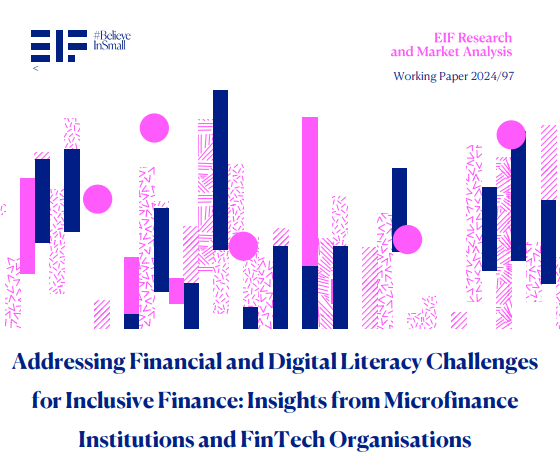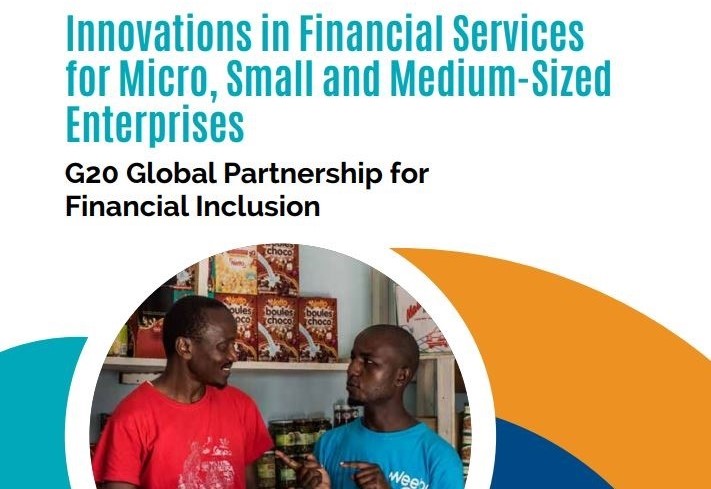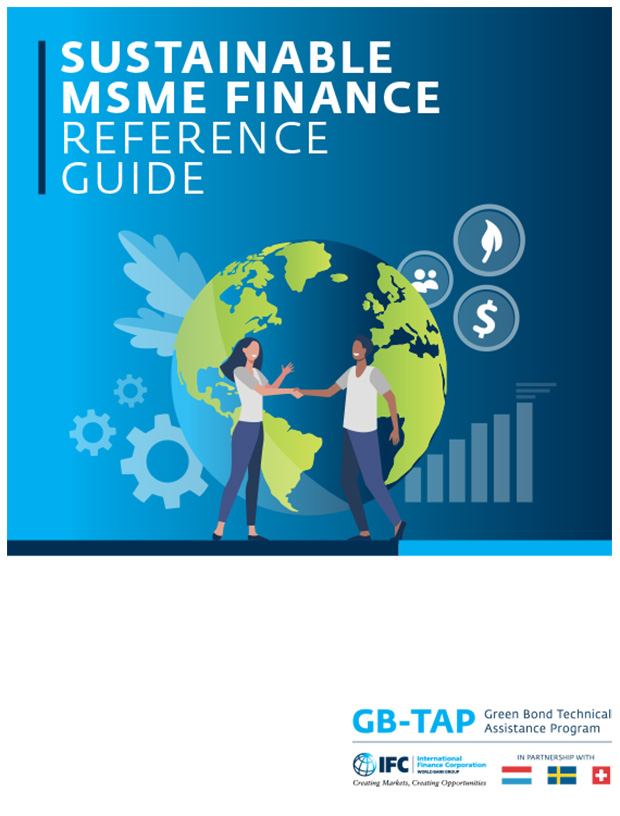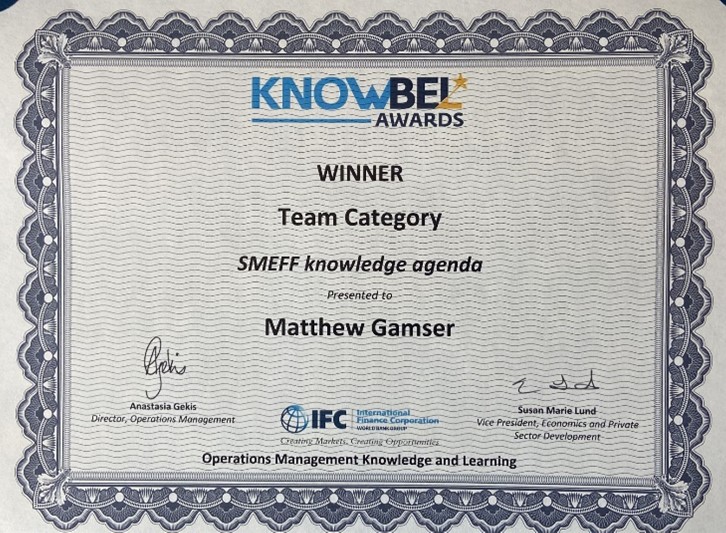The report is a benchmarking index that assesses the enabling environment for financial access in 55 countries. The research underscores the evolving landscape of financial inclusion itself. This year’s index was completely revised to take a forward-looking focus on digital financial services, and to address the critical role of financial inclusion envisioned in the Sustainable Development Goals (SDGs).
In Costa Rica, the report says development banks have publicly funded financing schemes for SMEs that are channelled via the financial system. In the private sector, mass insurance has registered activity and effectively reaches the low-income population. The government in the Dominican Republic has also prioritised support for microenterprises and created a high-level committee to devise policies in 2015. The Vice Ministry for SMEs, a division of the Ministry of Industry and Commerce, has also been given key tasks to promote inclusion, such as developing the mutual guarantee scheme. And in Indonesia, the government’s Kredit Usaha Rakyat (KUR) credit guarantee programme with an interest subsidy add-on is targeted at the MSME sector and is a priority programme offering subsidised credit through banks.
Jordan also launched a national credit reporting service in October 2016 that should further facilitate SME lending. While the financial inclusion strategy is only in the early stages of its implementation, Jordan has already made significant progress in financial inclusion. The absence of a movable assets registry hinders microenterprises and SMEs as well as individuals from accessing credit. The lack of an insolvency law presents a key regulatory challenge for financial inclusion. A slow and unpredictable insolvency process discourages the banks from lending to “risky” clients such as SMEs, microenterprises and start-ups. While Jordan has taken concrete steps towards greater consumer protection, greater transparency in the costs of financial services and improved dispute resolution mechanisms are still required.










